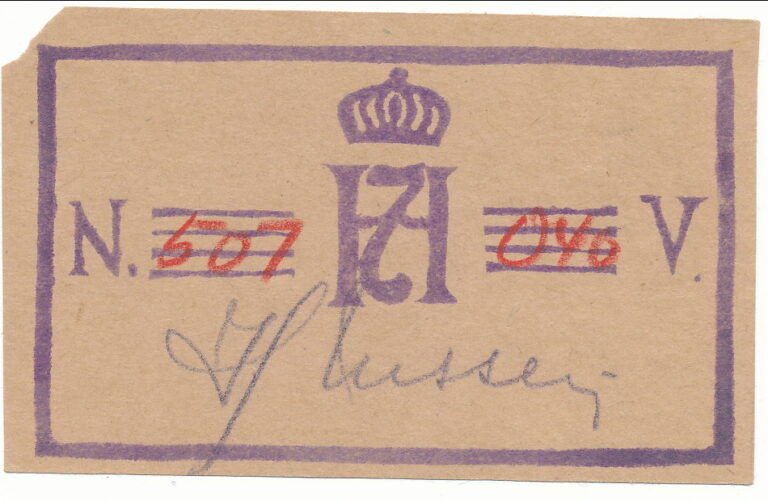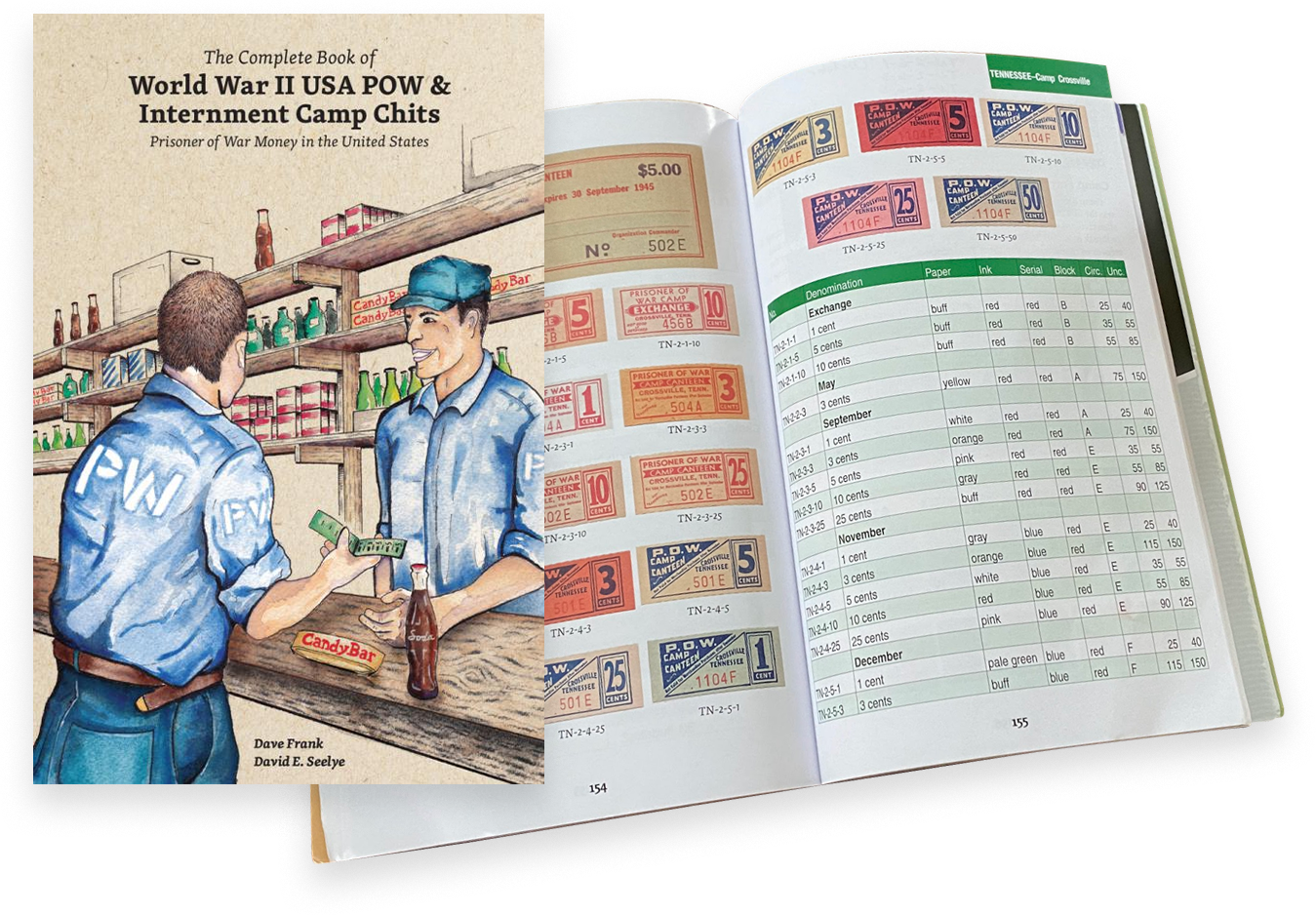The ultimate comprehensive resource for 20th Century camp money
What is Camp Money?
Two innocuous words that describe the currency of the many kinds of prison camps that held military and civilian captives during World War I and II.
The history and understanding of camp money is a field that is unfamiliar to the numismatic community as well as the general public. The purpose of this site is to present much of what is currently known about this elusive topic and to stimulate further discovery and research into this obscure subject of the 20th Century.
-
425k
Prisoners
There were 425k Prisoners of war held in the United States.
-
2,100
Notes
There are over 2,100 notes and tokens in my collection.
-
5
Continents
Camps were located on 5 different continents.
-
80¢
A Day
The pay for an enlisted POW was the equivalent of 80 cents a day.

Camp Spotlight
Schildberg
In 1940 a POW camp was established in Schildberg Germany now Ostrzeszow Poland. The camp first held Polish POWs and was called Stalag XXI-A. In 1943 1500 Norwegian officers were sent to the camp and the name was changed to... Read More
Upcoming Events
Buy the Book
The Complete Book of World War II USA POW & Internment Camp Chits

It is an often forgotten piece of World War II history that between 1942 and 1946, 425,000 Germany, Italian, and even some Japanese prisoners of war were held at 700 POW camps in 46 U.S. states. This is the most comprehensive work ever done on the subject, the book contains brief histories for most of the camps, and even some anecdotes. Chits and the booklets they came in are illustrated in color. Prices are given in used and new conditions with a new numbering system devised by the authors. Historical maps, documents, and photographs are interspersed throughout.